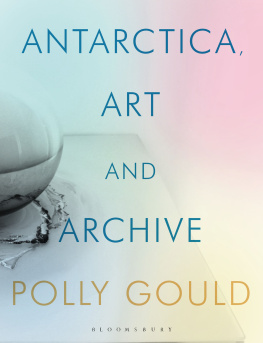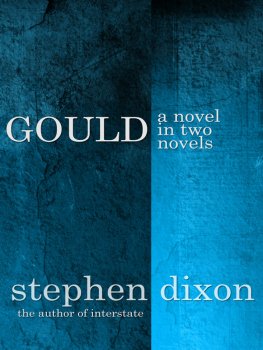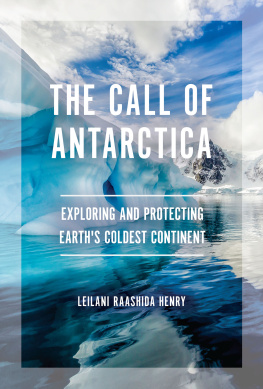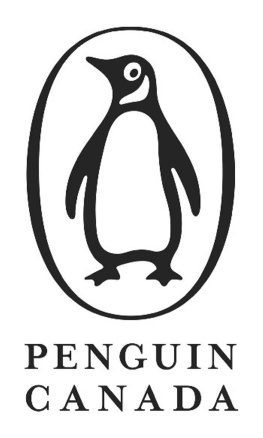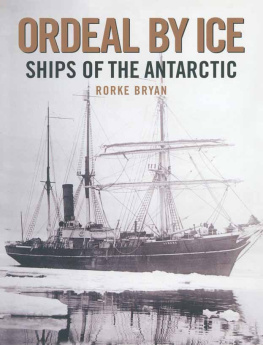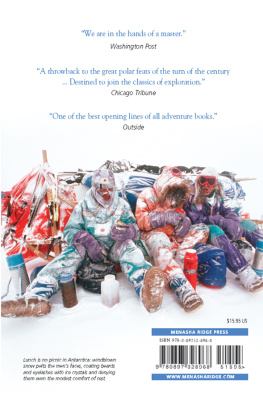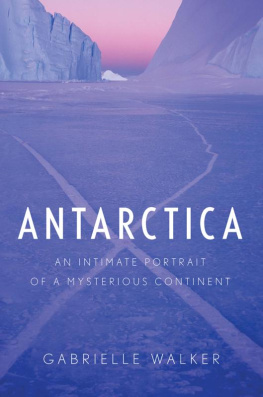Polly Gould - Antarctica, Art and Archive
Here you can read online Polly Gould - Antarctica, Art and Archive full text of the book (entire story) in english for free. Download pdf and epub, get meaning, cover and reviews about this ebook. City: London, year: 2021, publisher: Bloomsbury Visual Arts, genre: Art. Description of the work, (preface) as well as reviews are available. Best literature library LitArk.com created for fans of good reading and offers a wide selection of genres:
Romance novel
Science fiction
Adventure
Detective
Science
History
Home and family
Prose
Art
Politics
Computer
Non-fiction
Religion
Business
Children
Humor
Choose a favorite category and find really read worthwhile books. Enjoy immersion in the world of imagination, feel the emotions of the characters or learn something new for yourself, make an fascinating discovery.
- Book:Antarctica, Art and Archive
- Author:
- Publisher:Bloomsbury Visual Arts
- Genre:
- Year:2021
- City:London
- Rating:5 / 5
- Favourites:Add to favourites
- Your mark:
Antarctica, Art and Archive: summary, description and annotation
We offer to read an annotation, description, summary or preface (depends on what the author of the book "Antarctica, Art and Archive" wrote himself). If you haven't found the necessary information about the book — write in the comments, we will try to find it.
Antarctica, that icy wasteland and extreme environment at the ends of the earth, was - at the beginning of the 20th century - the last frontier of Victorian imperialism, a territory subjected to heroic and sometimes desperate exploration. Now, at the start of the 21st century, Antarctica is the vulnerable landscape behind iconic images of climate change. In this genre-crossing narrative Gould takes us on a journey to the South Pole, through art and archive.
Through the life and tragic death of Edward Wilson, polar explorer, doctor, scientist and artist, and his watercolours, and through the work of a pioneer of modern anthropology and opponent of scientific racism, Franz Boas, Gould exposes the legacies of colonialism and racial and gendered identities of the time. Antarctica, the White Continent, far from being a blank - and white - canvas, is revealed to be full of colour. Gould argues that the medium matters and that the practices of observation in art, anthropology and science determine how we see and what we know. Stories of exploration and open-air watercolour painting, of weather experiments and ethnographic collecting, of evolution and extinction, are interwoven to raise important questions for our times. Revisiting Antarctica through the archive becomes the urgent endeavour to imagine an inhabitable planetary future.
Polly Gould: author's other books
Who wrote Antarctica, Art and Archive? Find out the surname, the name of the author of the book and a list of all author's works by series.

